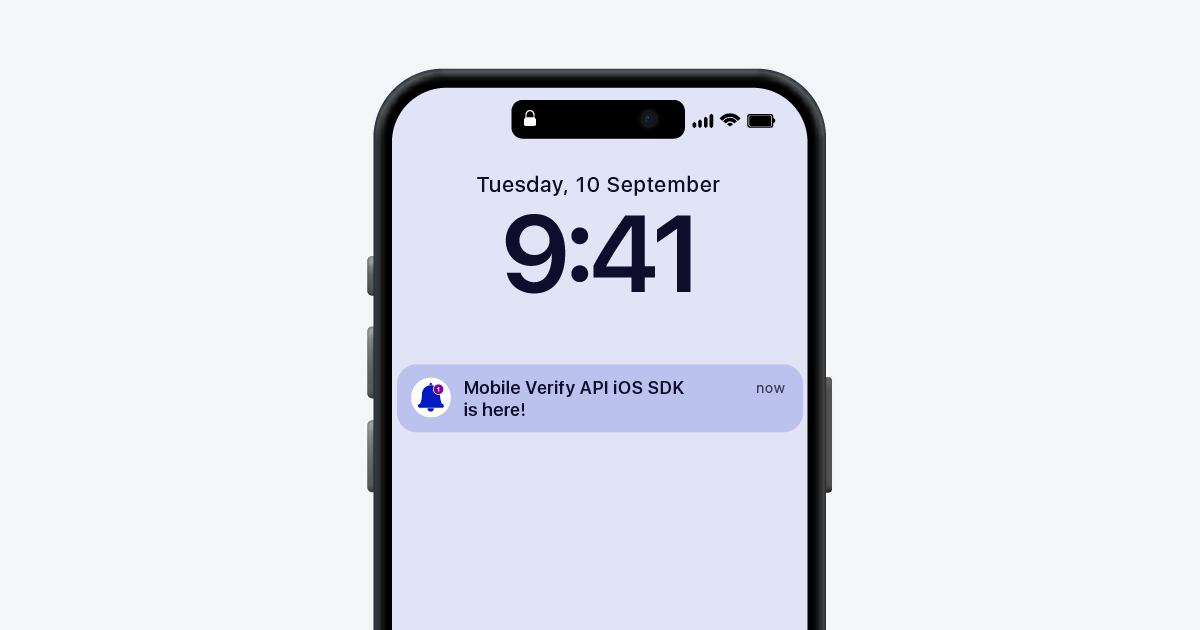
Now more than ever, fraudsters have reignited an old standard: social engineering. With the advent of the dark web, social engineers have an ever-increasing arsenal with which they can work—data. Not only do they want your credit card information, but they also want direct access to your bank accounts in order to divert funds in an incredibly efficient way—by intercepting your one-time passcode (OTP).
What can be done to thwart these attacks? How do financial institutions get the upper hand in the perpetual whack-a-mole game against fraudsters? OTP delivery can take on many forms: SMS, voice, email, and even snail mail. I’ll talk about one powerful anti-theft process: Silent Verification.
Social engineering fraud
Social engineering fraud, a deceptive tactic that manipulates individuals into divulging sensitive information, has become increasingly pervasive in the digital age. Attackers trick victims into revealing confidential data, which they can later use for nefarious purposes.
Social engineering fraud encompasses a range of tactics, such as phishing and pretexting, so that individuals can be manipulated into compromising their personal information, passwords, or financial data. Attackers often craft convincing scenarios to gain trust and exploit human emotions, leading victims to unwittingly disclose sensitive details. Social engineering attacks are particularly concerning due to their effectiveness and the potential for significant financial and reputational damage.
To combat this growing threat, businesses require the implementation of robust security measures. Mobile verification, through SMS and voice OTP, has been widely employed as a first line of defense. However, the use of legacy mobile verification methods alone may not be sufficient to thwart sophisticated attacks.
Mobile verification for fraud mitigation
Mobile verification has become a widely adopted security practice to verify the identity of users, and along with SIM swap and porting history checks, it reduces the risk of account takeover attacks. SMS and voice OTP are two commonly used legacy methods for mobile verification. These methods typically involve sending a one-time passcode to the user’s registered mobile number via SMS or automated voice call. The user must then input the received code to complete the verification process.
Limitations of legacy mobile verification
While SMS and voice OTP provide an added layer of security, they are not immune to potential vulnerabilities. Attackers intercept OTPs through SIM swapping and phishing. Unfortunately, these legacy methods are also susceptible to social engineering techniques, as attackers can impersonate legitimate customer service representatives to request OTPs from unsuspecting users.
Silent Verification as an advanced mobile verification method
To bolster mobile verification security, businesses can integrate advanced verification techniques such as header enrichment, also known as Silent Verification. This method leverages the data available in HTTP headers to verify possession of the user’s device during an active connection to the mobile network. Without transmission of an OTP that would be otherwise visible, the threat of a social engineering attack is greatly reduced.
Supplementing legacy methods with Silent Verification
By combining legacy mobile verification methods like SMS and voice OTP with Silent Verification, businesses can create a more robust verification process. The legacy methods provide a direct and immediate means of communication with the user, while Silent Verification enables a complex form of verification at the network level. This multi-pronged approach enhances security and resilience against social engineering attacks.
Staying one-step ahead of fraud
Social engineering fraud poses a significant threat to businesses and individuals alike. Mobile verification through SMS and voice OTP, has been widely employed to mitigate these attacks. However, as attackers continue to evolve their tactics, businesses must adapt and enhance their security measures. Supplementing legacy mobile verification methods with advanced techniques like Silent Verification can provide an effective defense against social engineering fraud. By leveraging anti-fraud measures, organizations can protect themselves and their users in the ever-changing landscape of cyber threats.
To learn more about Telesign Silent Verification, visit our website or talk to us today. Also check out our SE blog series for unique topics tackled by our Solutions Engineering Team.



